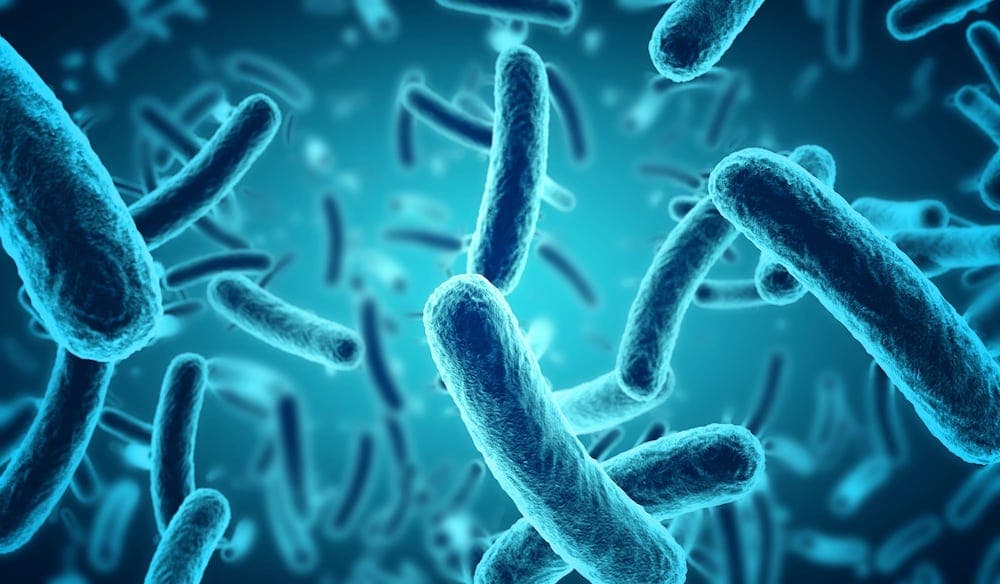Learn : Food & Nutrition
Anchovy - The Little Fish with a Big Role to Play
In recent years, the anchovy has seen a resurgence in the human health food world as an exciting source of calcium, protein, and vitamins. This is great for humans, but what does the anchovy have to offer our pets? It turns out the anchovy is also rich in something particularly useful to dogs: omega-3 essential fatty acids. While a great majority of commercial diets have more than adequate levels of omega-6’s, most dog foods lack omega-3’s in a readily available form.
The Skinny on This Healthy Fat
Research through the past decade from the veterinary community confirms that supplementing omega-3’s can be essential in the health of joints, coat, brain development, and skin. Arthritis in our older pets starts with damage to the cartilage lining of the joints, becoming more painful with the subsequent inflammation as pets continue to use those damaged joints. While you cannot repair the existing damage, this fatty acid's anti-inflammatory properties can benefit those arthritic joints.
Arthritic pain is not the only issue omega-3's can improve. Higher levels of EPA (eicosapentaenoic acid)/DHA (docosahexaenoic acid) can also help to improve memory and mental health in our senior pets and encourage healthy growth of the brain and eye tissue in younger and neonatal animals. Recent research has also indicated its usefulness in both the treatment of renal disease and heart disease in our dogs and cats, with a potential to slow some types of cancers. It has become a major component of the multimodal approach to health and pain management, allowing older pets to live comfortably in their later years.
So how does it work? EPA and DHA are known as long-chain fatty acids and are major building blocks for cell membranes and function. They are messengers, telling the body when to reduce inflammation and featuring in the maturation of particular cell types. EPA primarily works as part of the inflammatory process, regulating the immune system and response. As a pet ages, the ratio of EPA to DHA changes, with high levels of DHA important during early development and a greater level of EPA being more essential at later points in life.
Finding and administering omega-3’s is an easier task than it used to be. While omega-6 fatty acids are the most common fatty acids in a majority of commercially prepared diets, many therapeutic and senior diets have omega-3’s added in, and supplements abound. This is where the anchovy comes in. Rich in EPA/DHA and a sustainable source for the health and environmentally conscious, the anchovy is the perfect candidate to provide the nutritional benefit our pets need. Reduced to a rich oil, this fish can be found in the form of a capsule or a palatable liquid. For puppies, research has shown that feeding gestating and lactating mothers ensures the delivery of the right levels of nutrients.
Whether choosing a veterinary-specific fish oil supplement or pulling from the shelf of human supplements, it is important to be aware of the makeup of the product you are considering. Always look for the EPA/DHA levels as reported in any product evaluated. Some mass-produced options will simply say "Fish Oil" without providing analysis and may include vegetable and seed oils, neither of which can be processed to produce omega-3’s. Flaxseed is a common alternative source in human supplements. While humans are quite good at producing this during the metabolic conversion of flaxseed oil, our carnivorous canines and felines only utilize 10% of flaxseed to produce omega-3’s, reducing the usefulness of those plant-based products significantly. These are readily available in a useful form in fish oils, allowing animals to make use of the benefits of the anchovy in a faster and more efficient manner.
Storing any omega-3 supplement is another potential concern to keep in mind. When sourced appropriately from fish oils, these fatty acids can be at risk for both rancidity and nutrient breakdown, rendering the supplement useless and potentially harmful when used past its expiration date. It is important to follow manufacturer instructions for both storage and use. For preservative-free diets reporting the presence of EPA and DHA in their foods, knowing whether the source of their omega-3’s is plant or fish based can be essential.
Is There a “Too Much”?
The use of omega-3’s in animal diets can be an exciting prospect, especially for those of us with growing, arthritic, or dermatologically challenged pets. As with any other supplement, however, always take caution when adding to your dog’s diet.
There is such a thing as too much when it comes to EPA/DHA. The anti-inflammatory properties are excellent for reducing discomfort in arthritis, but too much can actually slow the natural healing process that relies on inflammation. The condensed fish oils are higher in calories and can potentially lead to obesity if given in excess. Inferior quality control or supplement manufacturing process can also lead to toxin exposure or nutrient overdose.
When used appropriately fish oils originating from species such as the anchovy, menhaden, sardine, and others can become a powerful tool in our pet care toolbox. As with any change in medication, supplement, or diet for our canine friends, it is important to know the benefits and risks and to discuss them with your veterinarian or a veterinary nutritionist. These medically trained professionals can take into account the current treatments and medications your pet has, as well as body condition, weight, diet, and growth stage. This knowledge will help them to adequately determine the necessity and correct level of supplementation. Many veterinary clinics also regularly stock their preferred supplement brands and formulations, making access to dosing and suggested products easier while leaving a record of recommendations in your pet’s file. This communication can also be beneficial for the event of disease or sickness, allowing your vet to have the clearest picture when striving to get your pet healthy once again.



 Microbiome And Pet Health
Microbiome And Pet Health
 The Truth About Treats - Tasty, but Not Equal
The Truth About Treats - Tasty, but Not Equal
 Why Is My Dog Refusing Dinner?
Why Is My Dog Refusing Dinner?
 Ways to Help My Resource Guarding Dog at Mealtime
Ways to Help My Resource Guarding Dog at Mealtime
 Microbes in the Gut
Microbes in the Gut